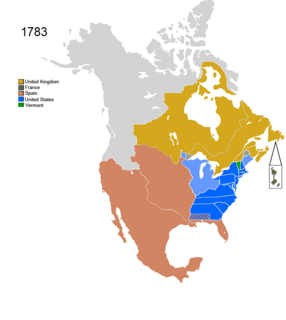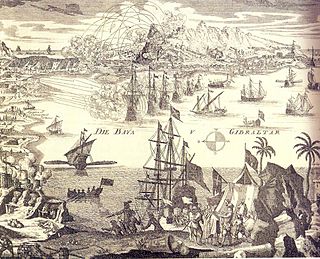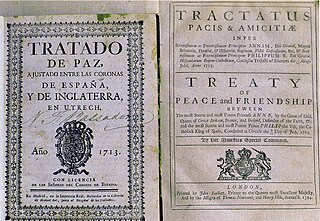 W
WThe 1748 Treaty of Aix-la-Chapelle, sometimes called the Treaty of Aachen, ended the War of the Austrian Succession, following a congress assembled on 24 April 1748 at the Free Imperial City of Aachen.
 W
WThe First Anglo–Mysore War (1766–1769) was a conflict in India between the Sultanate of Mysore and the East India Company. The war was instigated in part by the machinations of Asaf Jah II, the Nizam of Hyderabad, who sought to divert the company's resources from attempts to gain control of the Northern Circars.
 W
WThe Halifax Treaties were 11 written documents signed by the various bands of the Miꞌkmaq and the British in Halifax, Nova Scotia between 1760 and 1761. The Treaties ended the conflict that had persisted between the two peoples for 85 years. The Treaties include both military submissions, or oaths of allegiance made at the three fortresses in the region followed by treaties signed at Halifax, as well as the oral promises made during Treaty ceremonies to guarantee the Mi'kmaq the protection and rights as British subjects. The ceremony with the most primary sources was the Burying the Hatchet ceremony, which happened on 25 June 1761. While most historians have concluded that the language of “submission” in the Treaties clearly reflect that the Mi'kmaq surrender to the British, other historians have suggested otherwise. While the Mi'kmaw of the nineteenth century clearly saw the treaties in terms of submission, in the late 20th century Mi'kmaq have asserted the Treaties did not mean surrender, particularly of the land.
 W
WThe 1720 Treaty of The Hague was signed on 17 February 1720 between Spain and the Quadruple Alliance, established by the 1718 Treaty of London. Its members included Britain, France, the Dutch Republic and Austria.
 W
WInternational relations from 1648 to 1814 covers the major interactions of the nations of Europe, as well as the other continents, with emphasis on diplomacy, warfare, migration, and cultural interactions, from the Peace of Westphalia to the Congress of Vienna. It is followed by International relations of the Great Powers (1814–1919).
 W
WThe Treaty of Paris, also known as the Treaty of 1763, was signed on 10 February 1763 by the kingdoms of Great Britain, France and Spain, with Portugal in agreement, after Great Britain and Prussia's victory over France and Spain during the Seven Years' War.
 W
WThe Peace of Paris of 1783 was the set of treaties that ended the American Revolutionary War. On 3 September 1783, representatives of King George III of Great Britain signed a treaty in Paris with representatives of the United States of America—commonly known as the Treaty of Paris (1783)—and two treaties at Versailles with representatives of King Louis XVI of France and King Charles III of Spain—commonly known as the Treaties of Versailles (1783). The previous day, a preliminary treaty had been signed with representatives of the States General of the Dutch Republic, but the final treaty which ended the Fourth Anglo-Dutch War was not signed until 20 May 1784; for convenience, however, it is included in the summaries below.
 W
WThe Treaty of Seville was signed on 9 November 1729 between Britain, France, and Spain, formally ending the 1727–1729 Anglo-Spanish War; the Dutch Republic joined the Treaty on 29 November.
 W
WThe Peace of Utrecht is a series of peace treaties signed by the belligerents in the War of the Spanish Succession, in the Dutch city of Utrecht between April 1713 and February 1715. The war involved three contenders for the vacant throne of Spain, and involved much of Europe for over a decade. The main action saw France as the defender of Spain against a multinational coalition. The war was very expensive and bloody and finally stalemated. Essentially, the treaties allowed Philip V to keep the Spanish throne in return for permanently renouncing his claim to the French throne, along with other necessary guarantees that would ensure that France and Spain should not merge, thus preserving the balance of power in Europe.